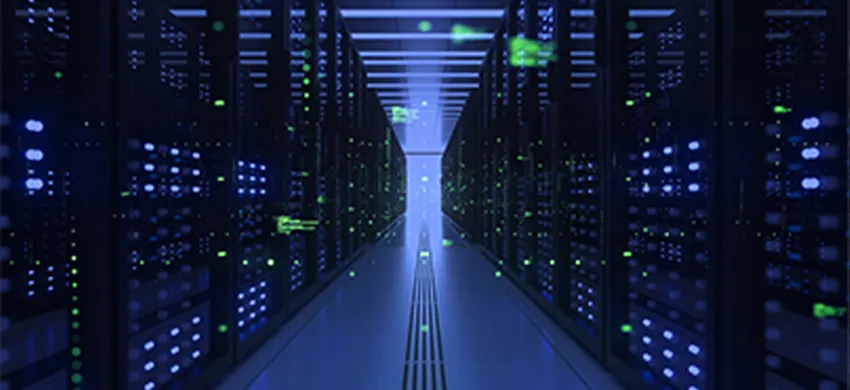1. What is fiber optical transceiver
The fiber optical transceiver is an optoelectronic device that performs electro-optical and photoelectric conversion. The fiber optical transceiver is a carrier, acting as the transmitting end to convert electrical signals into optical signals, and as the receiving end to convert the optical signals into electrical signals.
Fiber optical transceivers can be divided into SFP, SFP+, XFP, QSFP+, QSFP28, QSFPDD according to the packaging form, and the types of optical interfaces include SC and LC.
Fiber optical transceivers can be divided into 155M, 622M, 1.25G (1024M), 10G (10*1024M), 40G, 25G, 100G, 200G, 400G, etc. according to the transmission rate.
The higher the transmission rate of the fiber optical transceiver is, the shorter the transmission distance. According to the transmission distance, it can be divided into short distance (2KM and below), medium distance (10 to 20KM), long distance (above 30 to 40KM), including 550M, 300M, 2KM, 10KM, 20KM, 40KM, 60KM, 80KM, 100KM, 120KM.
The longer the wavelength of the fiber optical transceiver, the longer the transmission distance. According to the wavelength of transceiver, it can be divided into 850nm(MM), 1310(nm), 1550(nm), CWDM, DWDM.
Fiber optical transceivers are divided into single-mode fiber optical transceivers and multi-mode fiber optical transceivers. Single-mode fiber optical transceivers are suitable for long-distance transmission; multi-mode transceivers are suitable for short-distance transmission. Therefore, the price of a single-mode fiber optical transceiver is a bit more expensive than that of a multi-mode fiber optical transceiver.
2. The difference between 100G QSFP28 fiber optical transceiver and 100G CFP4 fiber optical transceiver
The 100G QSFP28 fiber optical transceiver is suitable for a variety of transmission distances and application scenarios, which is mainly used in 100G Ethernet and EDRInfiniBand, and is an important part of the 100G network. It has the advantages of low power consumption, small size, high port density, etc., and is liked by the majority of customers.
The 100G CFP fiber optical transceiver has gone through CFP, CFP2, and now CFP4 fiber optical transceiver. The technology is mature and can support hot swap. However, its volume is larger than that of QSFP28 fiber optical transceiver, with few categories, and it is not suitable for many application scenarios.
CFP4 is specified by CFP MSA, and its size is slightly larger than that of QSFP28. The interface between MAC and PHY varies according to the application, and control and monitoring are achieved through the MDIO interface. Generally it is used for access networks and metropolitan area networks.
100G QSFP28 is specified by IEEE. It is smaller in size than CFP4. It is currently one of the 100G modules with the highest level of integration (CXP is more integrated). The interface between MAC and PHY is CAUI-4, and control and monitoring are achieved through the I2C interface. Generally it is used in data centers.

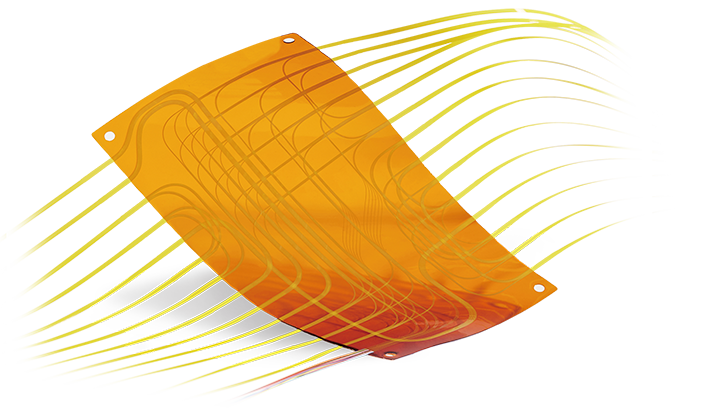 Fiber Optic Flex Circuit (FOFC)
Advanced Simulation & Optimization, High Positioning Accuracy, Flexible Customization, Rigorous Reliability Testing
Fiber Optic Flex Circuit (FOFC)
Advanced Simulation & Optimization, High Positioning Accuracy, Flexible Customization, Rigorous Reliability Testing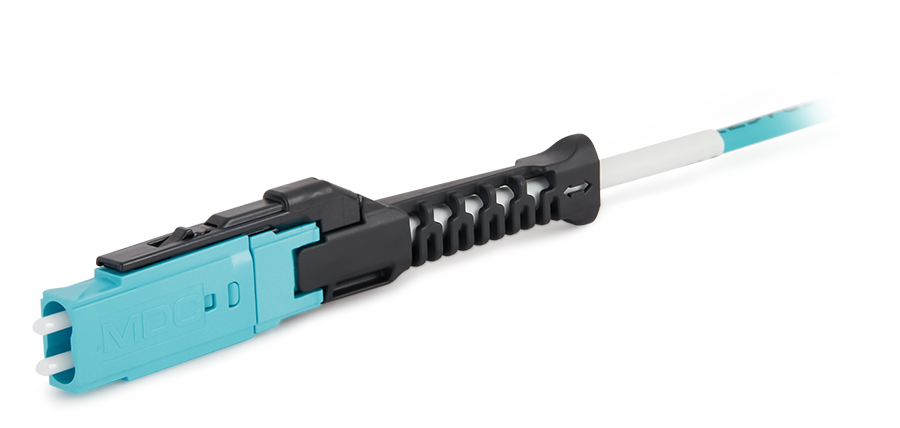 MDC Solution
US Conec's MDC connector is a Very Small Form Factor (VSFF) duplex optical connector, expertly designed for terminating single-mode and multimode fiber cables with diameters up to 2.0mm.
MDC Solution
US Conec's MDC connector is a Very Small Form Factor (VSFF) duplex optical connector, expertly designed for terminating single-mode and multimode fiber cables with diameters up to 2.0mm.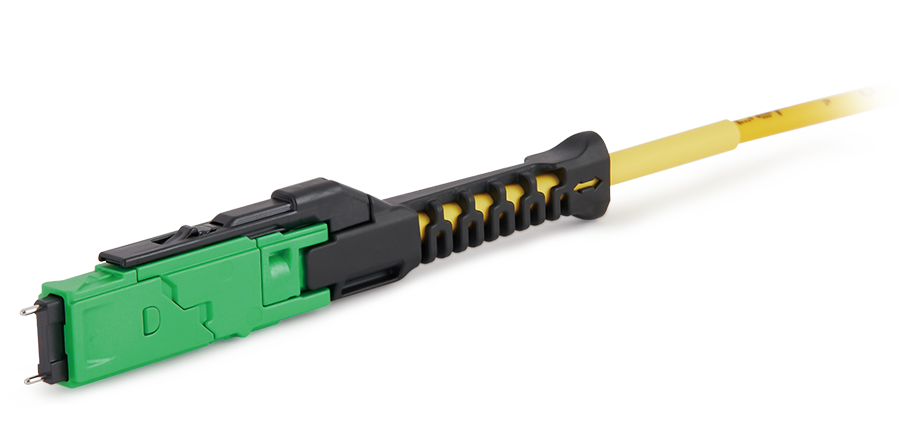 MMC Solution
US Conec's Very Small Form Factor (VSFF) multi-fiber optical connector that redefines high-density connectivity with its cutting-edge TMT ferrule technology and intuitive Direct-Conec™ push-pull boot design.
MMC Solution
US Conec's Very Small Form Factor (VSFF) multi-fiber optical connector that redefines high-density connectivity with its cutting-edge TMT ferrule technology and intuitive Direct-Conec™ push-pull boot design. EN
EN
 jp
jp  fr
fr  es
es  it
it  ru
ru  pt
pt  ar
ar  el
el  nl
nl 

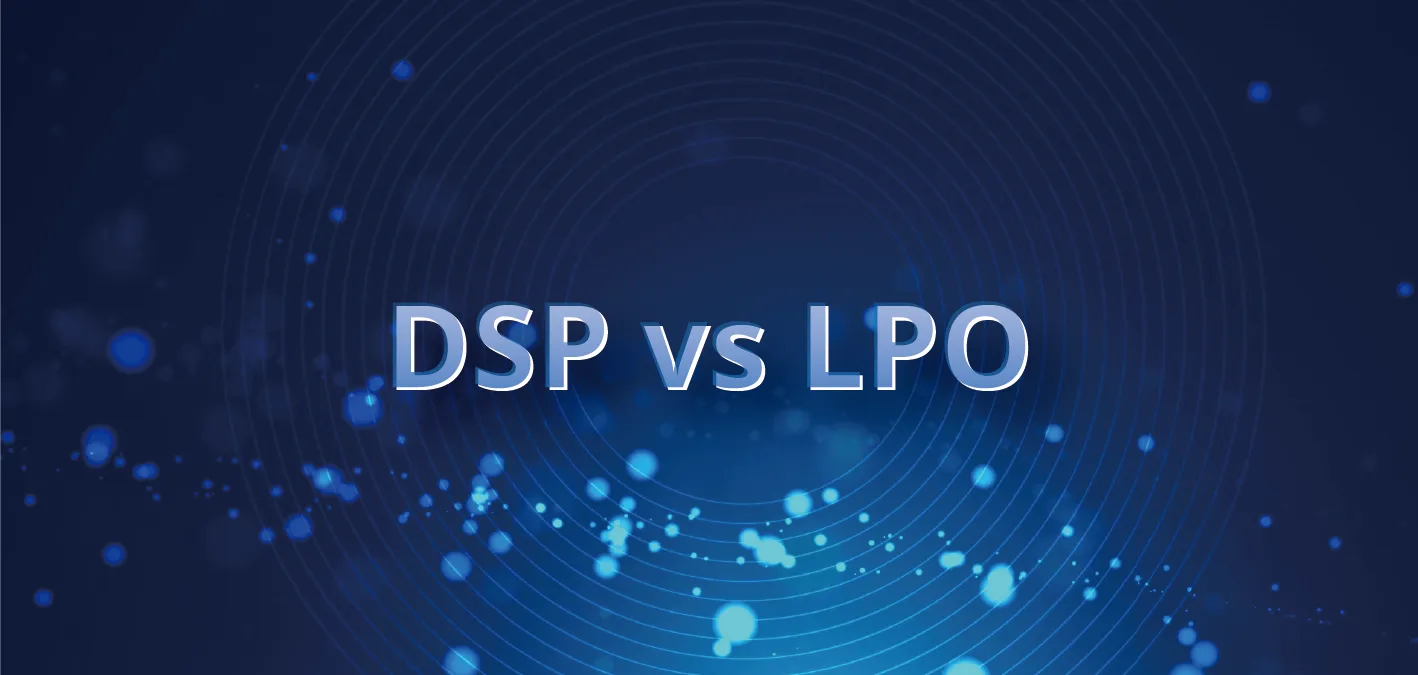
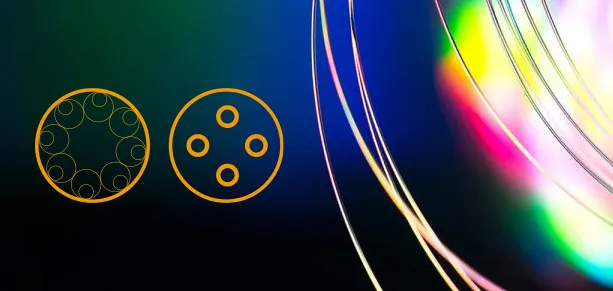
_and_High-Reflection_(HR)_Optical_Coatings.webp)
